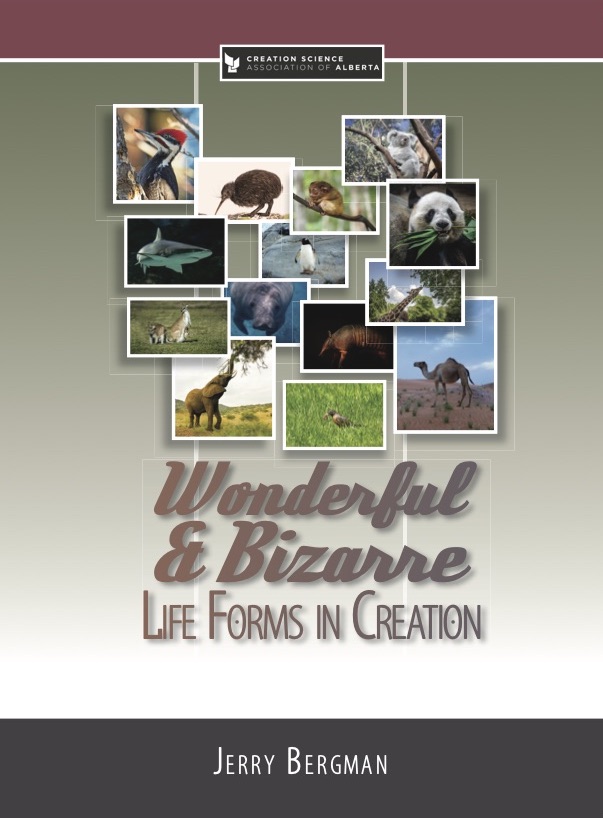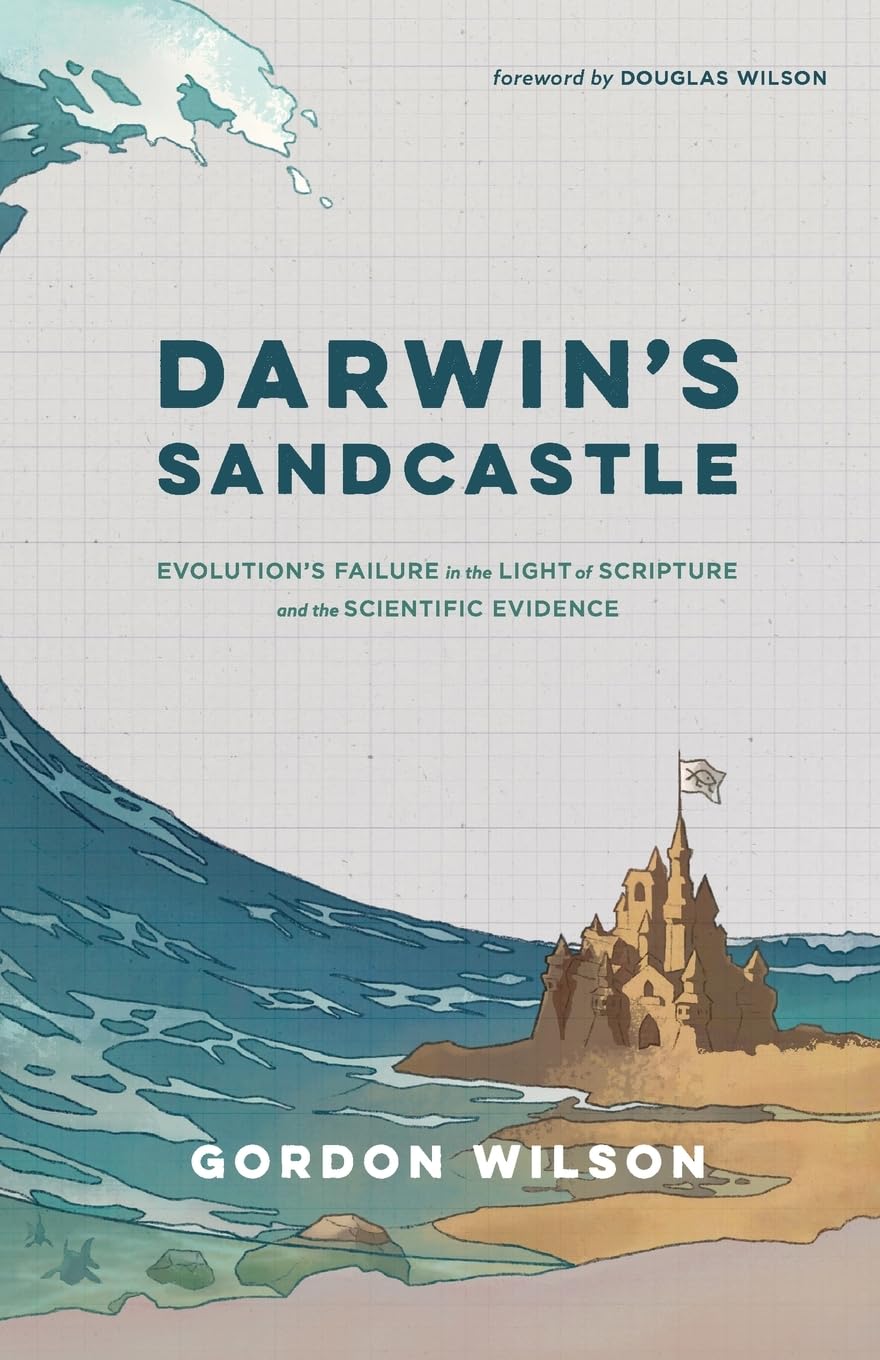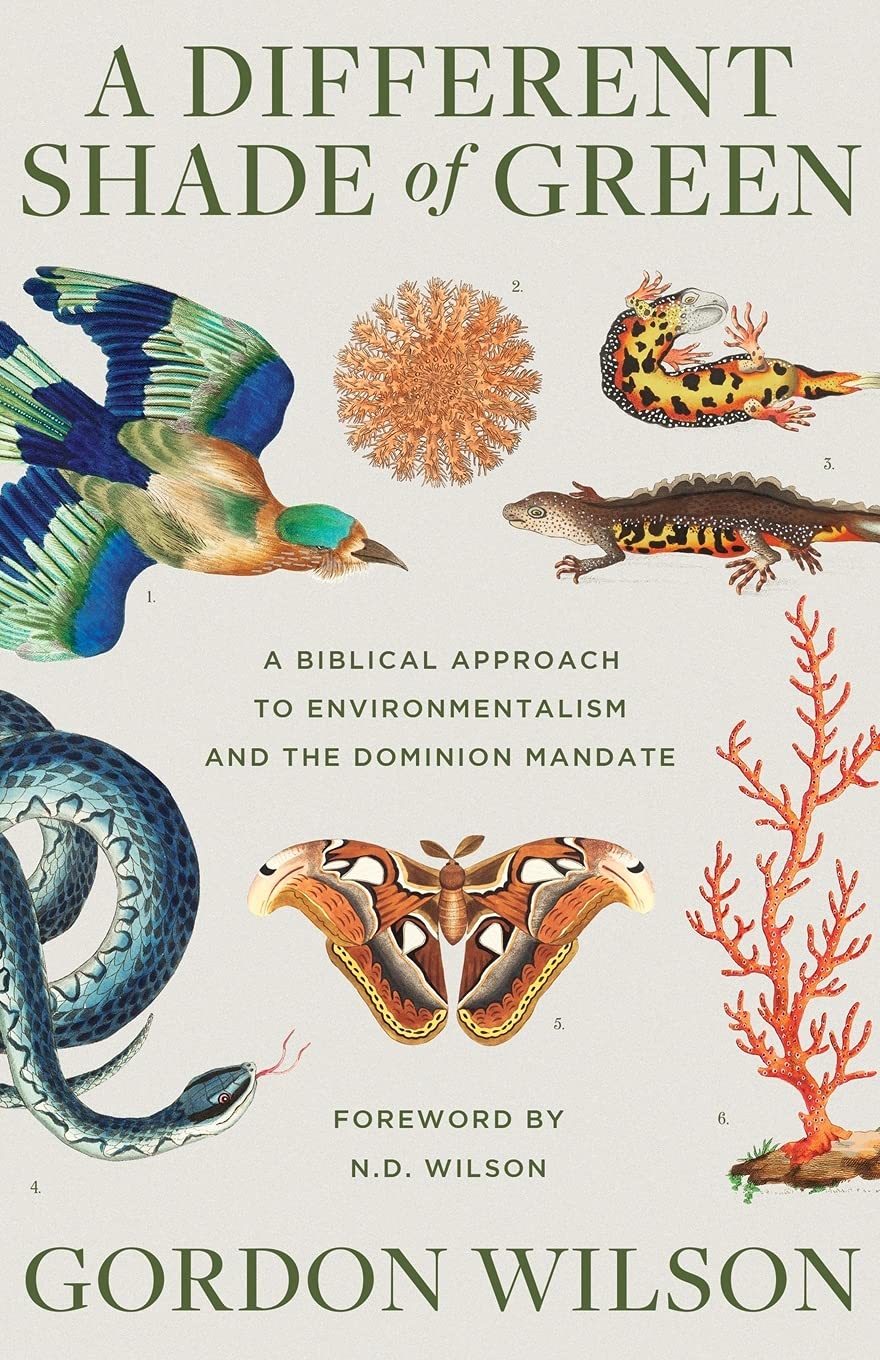November 2022
Subscribe to Dialogue
FEATURED BOOKS AND DVDS
Paperback / $22.00 / 138 Pages / full colour
In eukaryotic cells [those cells with a central nucleus], each chromosome consists of DNA packaged around special proteins called histones. This combination of DNA and histone protein is called chromatin. When chromosomes are condensed and visible through the microscope, each chromosome exhibits a ‘waistline’ or centromere where two identical halves of the chromosome are joined. The chromosome then looks like an X. The chromatin in the region of the centromere involves a special histone protein variant. This is an important part of the chromosome because the spindle fibres which pull chromosomes to opposite ends of a dividing cell, do this while attached to the centromere. But the spindle fibres do not attach directly to the centromere, rather they attach to a connecting body called the kinetochore.
The kinetochore is a complex molecular machine consisting of an inner component and an outer component. Through the influence of special histone 3, a complex called the constitutive centromere associated network (CCAN) is formed for cell division. This elaborate structure, is made up of 16 different versions of the histone 3 variant found in the centromere. The development of the outer kinetochore is controlled by the CCAN. The CCAN thus connects the inner part of the centromere to the outer part of the kinetochore which connects to meiotic or mitotic spindle fibres.
In the vicinity of the chromosome waistline, the centromere itself may extend for tens or thousands or millions of nucleotides. The attachment of the kinetochore is only a small part of this region. However, the role of the kinetochore demonstrates that even the apparently simple task of separating chromosomes during cell division, is a highly complex process involving a fancy molecular machine which connects the chromosome to the motor proteins (fibrils) that will separate them.
Such a system apparently can be recognized in most eukaryotes. It is evident then that the hardware and processes for cell division did not develop through evolution but was always there in these organisms. The eukaryotic cell was created with this functioning system for cell division. Without cell division, there is no life. The more scientists study the workings of the living cell, the more that they discover mind boggling complexity! Blind evolutionary processes, with no objectives, could certainly not put together a cell capable of cell division! In the design of the kinetochore and related structures, we see the wisdom of God clearly revealed.
Related Resources:
- Structure of key protein for cell division puzzles researchers (2022 May 13)
Paperback / $6.00 / 55 Pages
In eukaryotic cells [those cells with a central nucleus], each chromosome consists of DNA packaged around special proteins called histones. This combination of DNA and histone protein is called chromatin. When chromosomes are condensed and visible through the microscope, each chromosome exhibits a ‘waistline’ or centromere where two identical halves of the chromosome are joined. The chromosome then looks like an X. The chromatin in the region of the centromere involves a special histone protein variant. This is an important part of the chromosome because the spindle fibres which pull chromosomes to opposite ends of a dividing cell, do this while attached to the centromere. But the spindle fibres do not attach directly to the centromere, rather they attach to a connecting body called the kinetochore.
The kinetochore is a complex molecular machine consisting of an inner component and an outer component. Through the influence of special histone 3, a complex called the constitutive centromere associated network (CCAN) is formed for cell division. This elaborate structure, is made up of 16 different versions of the histone 3 variant found in the centromere. The development of the outer kinetochore is controlled by the CCAN. The CCAN thus connects the inner part of the centromere to the outer part of the kinetochore which connects to meiotic or mitotic spindle fibres.
In the vicinity of the chromosome waistline, the centromere itself may extend for tens or thousands or millions of nucleotides. The attachment of the kinetochore is only a small part of this region. However, the role of the kinetochore demonstrates that even the apparently simple task of separating chromosomes during cell division, is a highly complex process involving a fancy molecular machine which connects the chromosome to the motor proteins (fibrils) that will separate them.
Such a system apparently can be recognized in most eukaryotes. It is evident then that the hardware and processes for cell division did not develop through evolution but was always there in these organisms. The eukaryotic cell was created with this functioning system for cell division. Without cell division, there is no life. The more scientists study the workings of the living cell, the more that they discover mind boggling complexity! Blind evolutionary processes, with no objectives, could certainly not put together a cell capable of cell division! In the design of the kinetochore and related structures, we see the wisdom of God clearly revealed.
Related Resources:
- Structure of key protein for cell division puzzles researchers (2022 May 13)
Hardcover / $52.00 / 433 Pages
In eukaryotic cells [those cells with a central nucleus], each chromosome consists of DNA packaged around special proteins called histones. This combination of DNA and histone protein is called chromatin. When chromosomes are condensed and visible through the microscope, each chromosome exhibits a ‘waistline’ or centromere where two identical halves of the chromosome are joined. The chromosome then looks like an X. The chromatin in the region of the centromere involves a special histone protein variant. This is an important part of the chromosome because the spindle fibres which pull chromosomes to opposite ends of a dividing cell, do this while attached to the centromere. But the spindle fibres do not attach directly to the centromere, rather they attach to a connecting body called the kinetochore.
The kinetochore is a complex molecular machine consisting of an inner component and an outer component. Through the influence of special histone 3, a complex called the constitutive centromere associated network (CCAN) is formed for cell division. This elaborate structure, is made up of 16 different versions of the histone 3 variant found in the centromere. The development of the outer kinetochore is controlled by the CCAN. The CCAN thus connects the inner part of the centromere to the outer part of the kinetochore which connects to meiotic or mitotic spindle fibres.
In the vicinity of the chromosome waistline, the centromere itself may extend for tens or thousands or millions of nucleotides. The attachment of the kinetochore is only a small part of this region. However, the role of the kinetochore demonstrates that even the apparently simple task of separating chromosomes during cell division, is a highly complex process involving a fancy molecular machine which connects the chromosome to the motor proteins (fibrils) that will separate them.
Such a system apparently can be recognized in most eukaryotes. It is evident then that the hardware and processes for cell division did not develop through evolution but was always there in these organisms. The eukaryotic cell was created with this functioning system for cell division. Without cell division, there is no life. The more scientists study the workings of the living cell, the more that they discover mind boggling complexity! Blind evolutionary processes, with no objectives, could certainly not put together a cell capable of cell division! In the design of the kinetochore and related structures, we see the wisdom of God clearly revealed.
Related Resources:
- Structure of key protein for cell division puzzles researchers (2022 May 13)
Paperback / $28.00 / 256 Pages
In eukaryotic cells [those cells with a central nucleus], each chromosome consists of DNA packaged around special proteins called histones. This combination of DNA and histone protein is called chromatin. When chromosomes are condensed and visible through the microscope, each chromosome exhibits a ‘waistline’ or centromere where two identical halves of the chromosome are joined. The chromosome then looks like an X. The chromatin in the region of the centromere involves a special histone protein variant. This is an important part of the chromosome because the spindle fibres which pull chromosomes to opposite ends of a dividing cell, do this while attached to the centromere. But the spindle fibres do not attach directly to the centromere, rather they attach to a connecting body called the kinetochore.
The kinetochore is a complex molecular machine consisting of an inner component and an outer component. Through the influence of special histone 3, a complex called the constitutive centromere associated network (CCAN) is formed for cell division. This elaborate structure, is made up of 16 different versions of the histone 3 variant found in the centromere. The development of the outer kinetochore is controlled by the CCAN. The CCAN thus connects the inner part of the centromere to the outer part of the kinetochore which connects to meiotic or mitotic spindle fibres.
In the vicinity of the chromosome waistline, the centromere itself may extend for tens or thousands or millions of nucleotides. The attachment of the kinetochore is only a small part of this region. However, the role of the kinetochore demonstrates that even the apparently simple task of separating chromosomes during cell division, is a highly complex process involving a fancy molecular machine which connects the chromosome to the motor proteins (fibrils) that will separate them.
Such a system apparently can be recognized in most eukaryotes. It is evident then that the hardware and processes for cell division did not develop through evolution but was always there in these organisms. The eukaryotic cell was created with this functioning system for cell division. Without cell division, there is no life. The more scientists study the workings of the living cell, the more that they discover mind boggling complexity! Blind evolutionary processes, with no objectives, could certainly not put together a cell capable of cell division! In the design of the kinetochore and related structures, we see the wisdom of God clearly revealed.
Related Resources:
- Structure of key protein for cell division puzzles researchers (2022 May 13)
Paperback / $16.00 / 189 Pages / line drawings
In eukaryotic cells [those cells with a central nucleus], each chromosome consists of DNA packaged around special proteins called histones. This combination of DNA and histone protein is called chromatin. When chromosomes are condensed and visible through the microscope, each chromosome exhibits a ‘waistline’ or centromere where two identical halves of the chromosome are joined. The chromosome then looks like an X. The chromatin in the region of the centromere involves a special histone protein variant. This is an important part of the chromosome because the spindle fibres which pull chromosomes to opposite ends of a dividing cell, do this while attached to the centromere. But the spindle fibres do not attach directly to the centromere, rather they attach to a connecting body called the kinetochore.
The kinetochore is a complex molecular machine consisting of an inner component and an outer component. Through the influence of special histone 3, a complex called the constitutive centromere associated network (CCAN) is formed for cell division. This elaborate structure, is made up of 16 different versions of the histone 3 variant found in the centromere. The development of the outer kinetochore is controlled by the CCAN. The CCAN thus connects the inner part of the centromere to the outer part of the kinetochore which connects to meiotic or mitotic spindle fibres.
In the vicinity of the chromosome waistline, the centromere itself may extend for tens or thousands or millions of nucleotides. The attachment of the kinetochore is only a small part of this region. However, the role of the kinetochore demonstrates that even the apparently simple task of separating chromosomes during cell division, is a highly complex process involving a fancy molecular machine which connects the chromosome to the motor proteins (fibrils) that will separate them.
Such a system apparently can be recognized in most eukaryotes. It is evident then that the hardware and processes for cell division did not develop through evolution but was always there in these organisms. The eukaryotic cell was created with this functioning system for cell division. Without cell division, there is no life. The more scientists study the workings of the living cell, the more that they discover mind boggling complexity! Blind evolutionary processes, with no objectives, could certainly not put together a cell capable of cell division! In the design of the kinetochore and related structures, we see the wisdom of God clearly revealed.
Related Resources:
- Structure of key protein for cell division puzzles researchers (2022 May 13)








